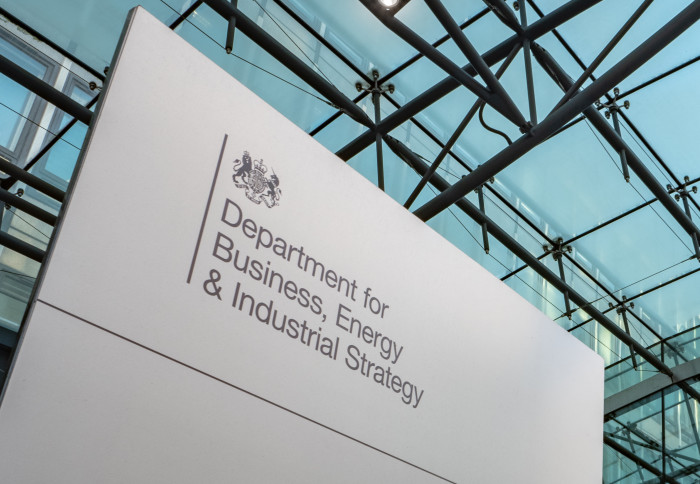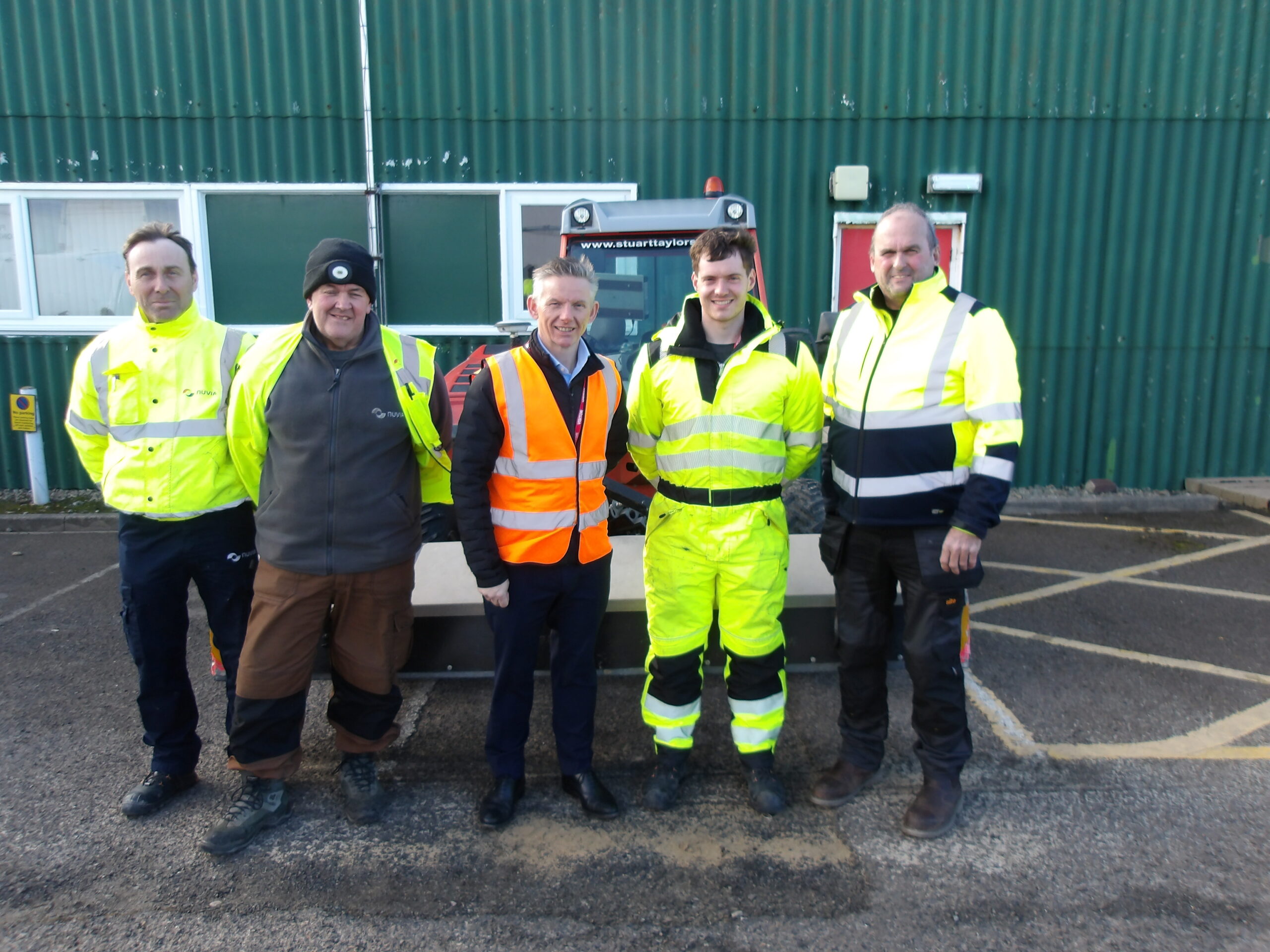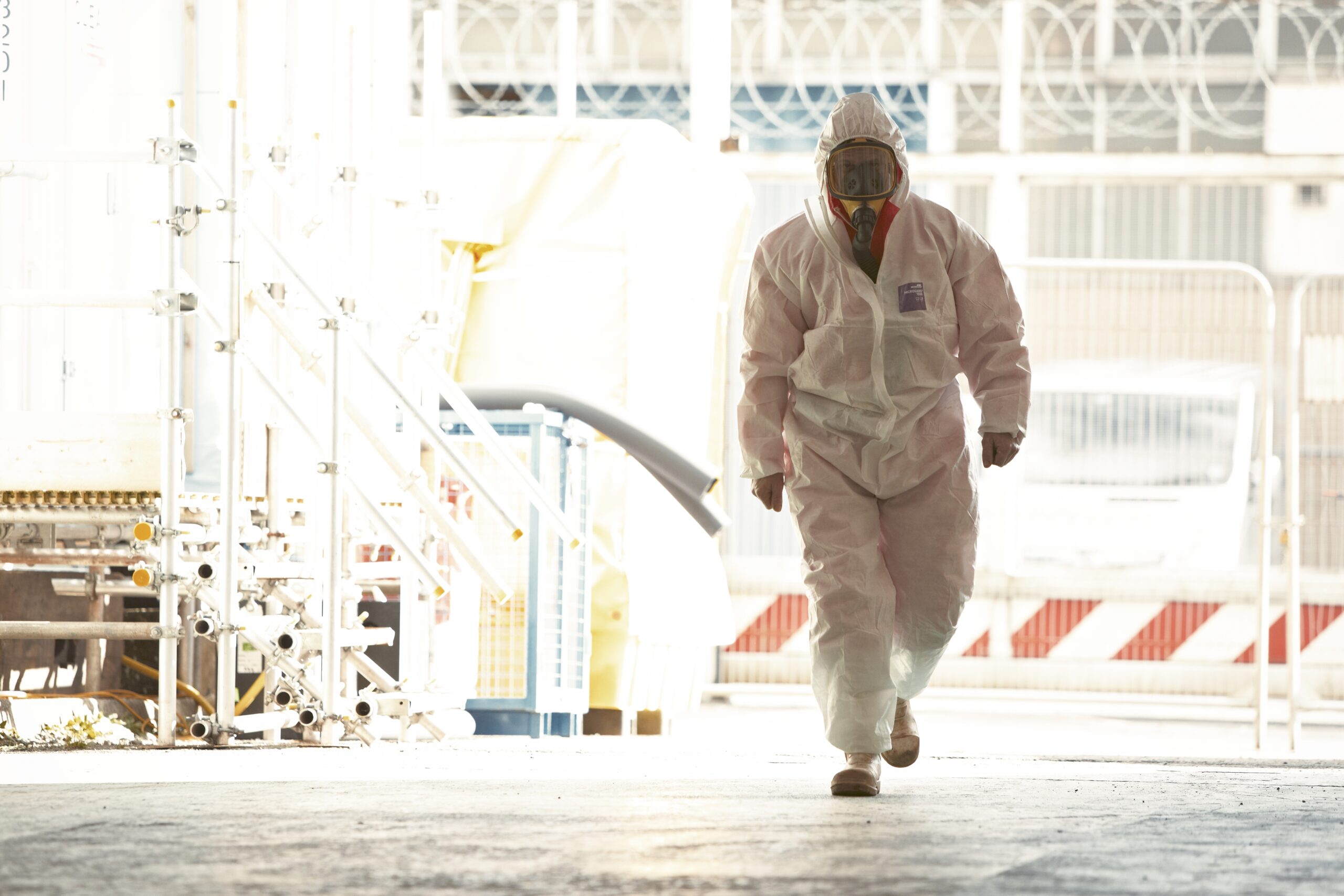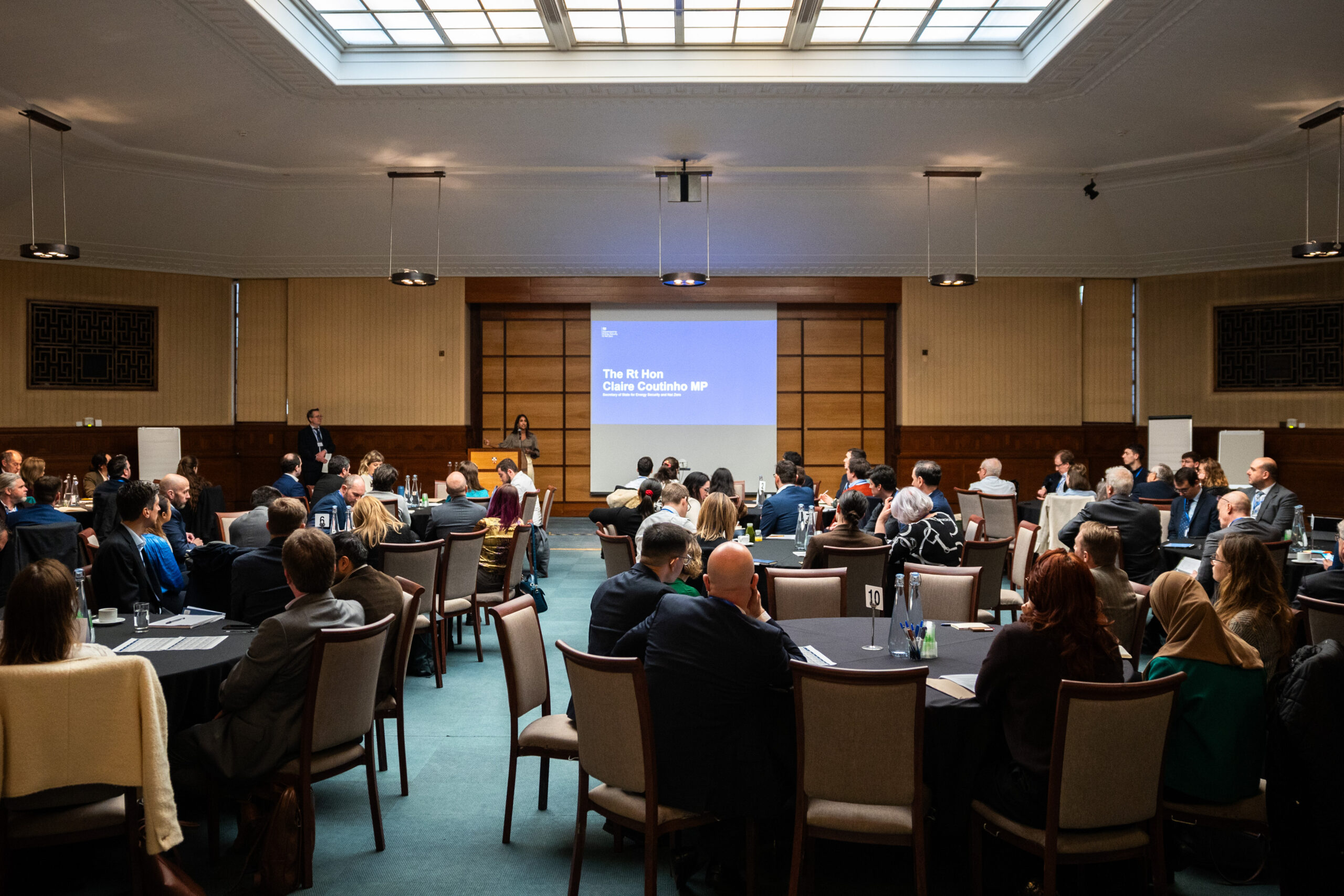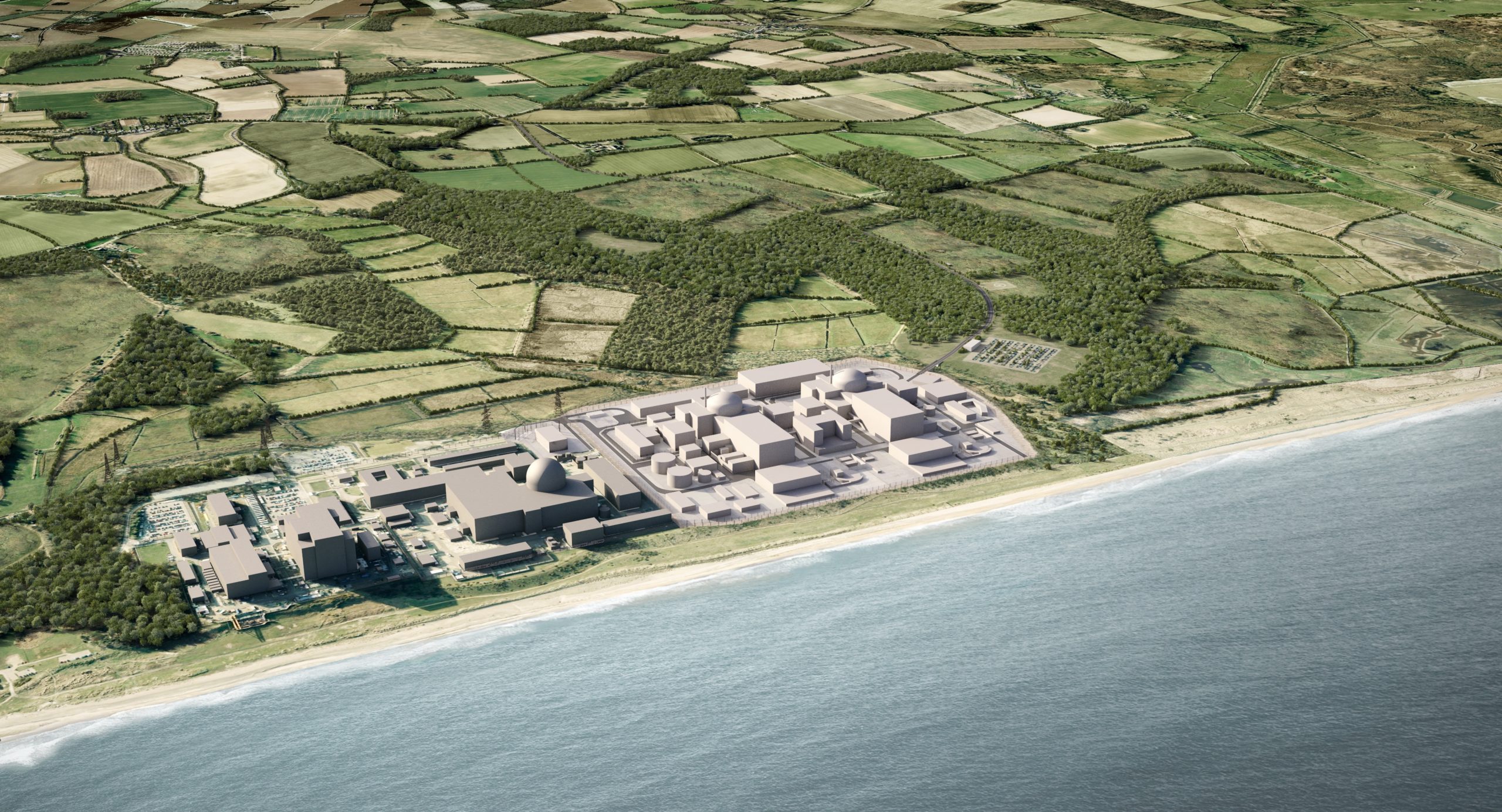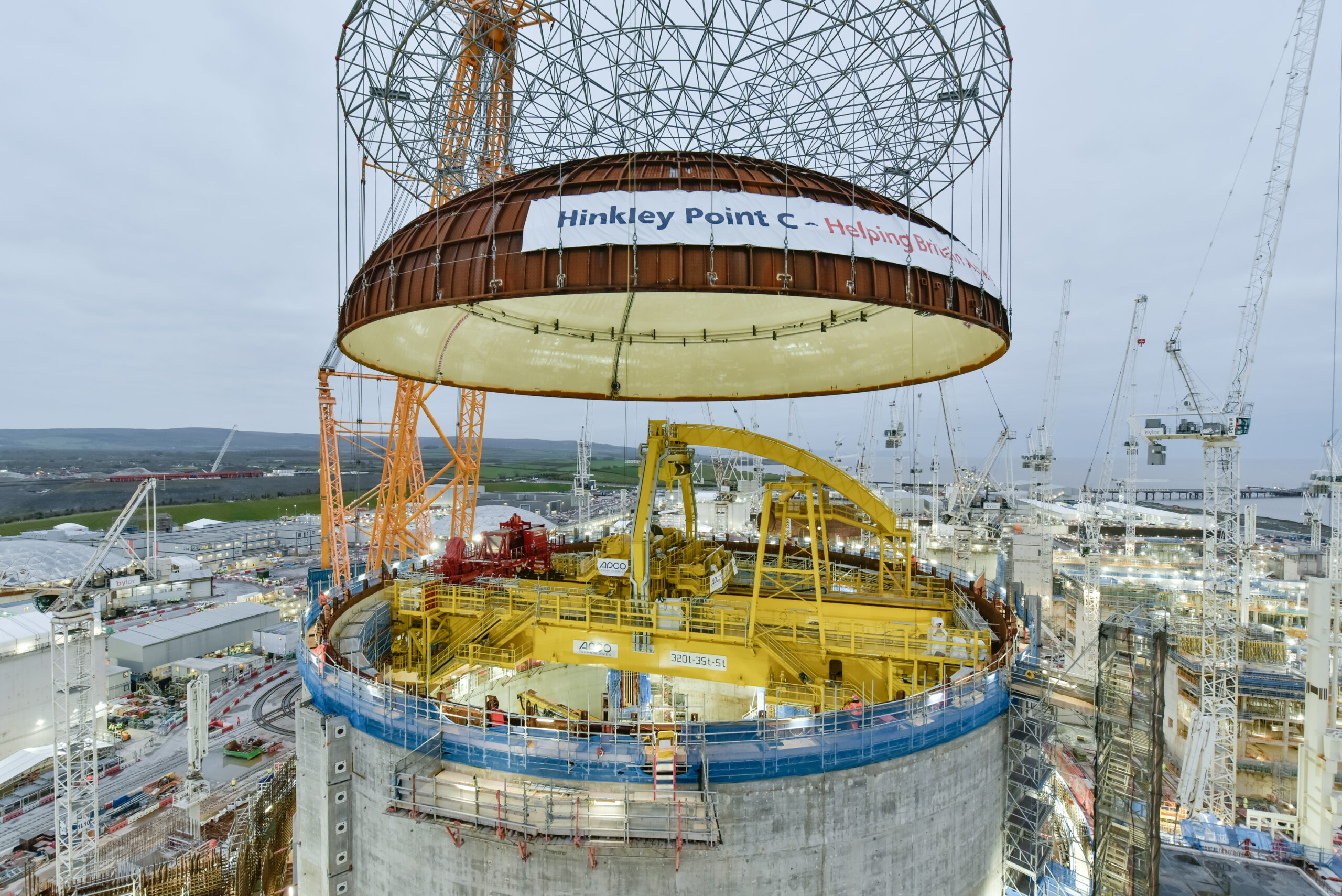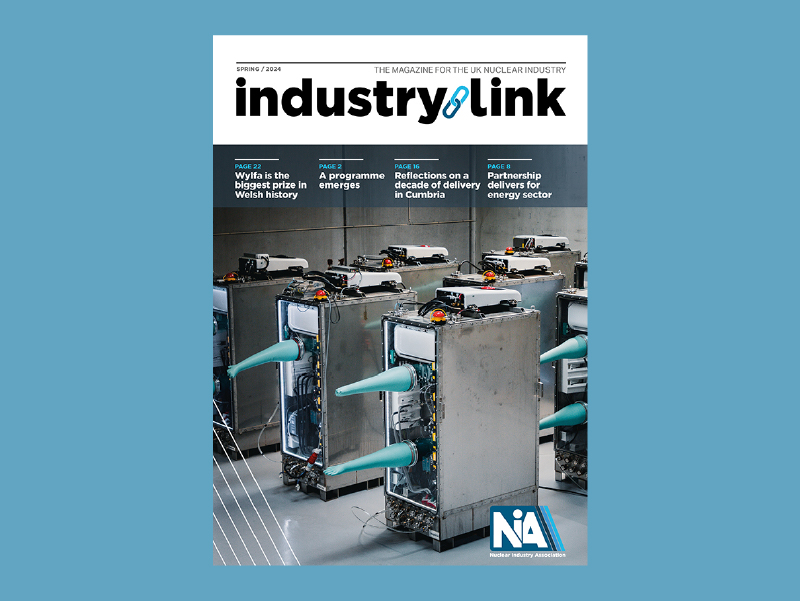BEIS is providing up to £55 million through the second phase of the RD&D programme to support the development and demonstration of High Temperature Gas Reactor (HTGR) technology in the UK.
The government is today committing to new and innovative nuclear energy with the announcement of funding worth up to £60 million to kick start the next phase of research into the new cutting-edge high temperature gas reactor (HTGR), a type of advanced modular reactor (AMR), which could be up and running by the early 2030s. The funding, from the Advanced Modular Reactor R&D programme, aims to get a demonstration project of the engineering design up and running by the end of the decade.
HTGRs are typically smaller than conventional nuclear power stations, more flexible, and could be built at a fraction of a cost. It is hoped that as well as safely creating electricity to power homes, HTGRs will bolster the UK’s energy sovereignty and security, by reducing reliance on expensive fossil fuels, as well as generate by-products such as low-carbon hydrogen. By generating temperatures of up to 950 degrees, HTGRs provide a source of clean, high temperature heat that could help decarbonise industrial processes in the UK.
Today’s funding for HTGR innovation is supported with a further £4 million funding for the AMR Knowledge Capture Project, as a complementary project to the AMR Research, Development and Demonstration programme. The project seeks to facilitate knowledge capture and sharing to reduce the time, risk, and cost of AMR RD&D programme delivery, and provide UK organisations with valuable knowledge to leverage against international funding.
The AMR RD&D programme is part of the £385 million Advanced Nuclear Fund, and is aligned with the £1 billion Net Zero Innovation Portfolio (NZIP) which aims to accelerate the commercialisation of innovative clean energy technologies and processes through the 2020s and 2030s.
To support Phase B, BEIS will provide up to £5 million funding to the UK nuclear regulators, the Office for Nuclear Regulation (ONR) and the Environment Agency (EA), to provide the successful projects with early engagement in order to support and inform the development of the technologies.
This HTGR demonstration, which will be sited in the UK, should be shaped by end-user requirements, and should incentivise private investment in HTGRs by removing technical risk. It should have innovation at the centre of its design, build, and application.
Phase B of this programme is a competition open to all applicants.
A matched grant award will fund up to two successful projects, to a maximum government contribution of up to £27.5 million each to develop detailed FEED+ studies to bring the UK closer to a HTGR demonstration by the early 2030s.
How to apply
- Fill out and submit the online application by 2pm on 5 March 2023.
- We encourage you to register for the information event by 2pm on
3 January 2023. - Submit any questions by 2pm on 16 January 2023.
- Register your interest to apply by 2pm on 27 January 2023.
